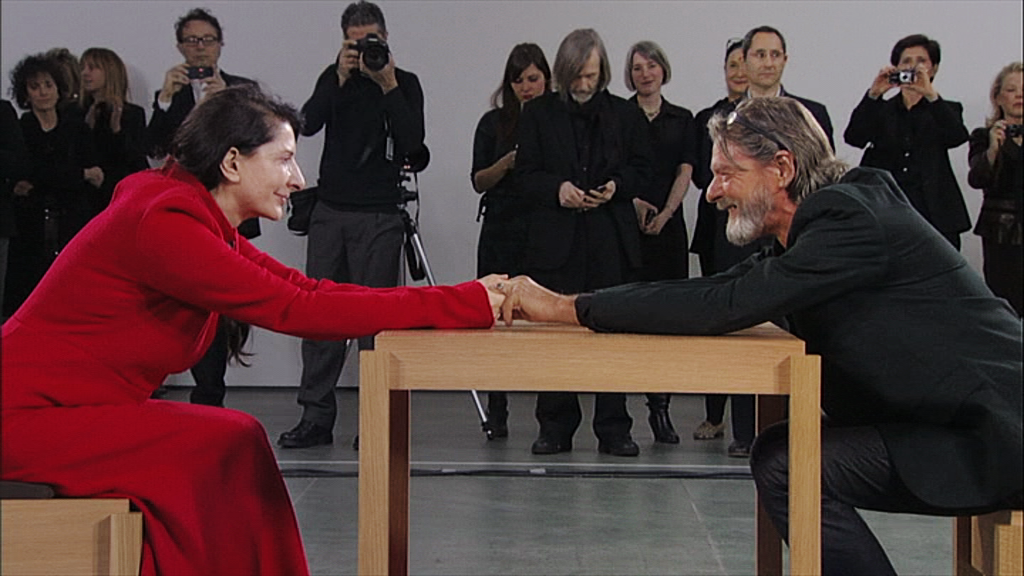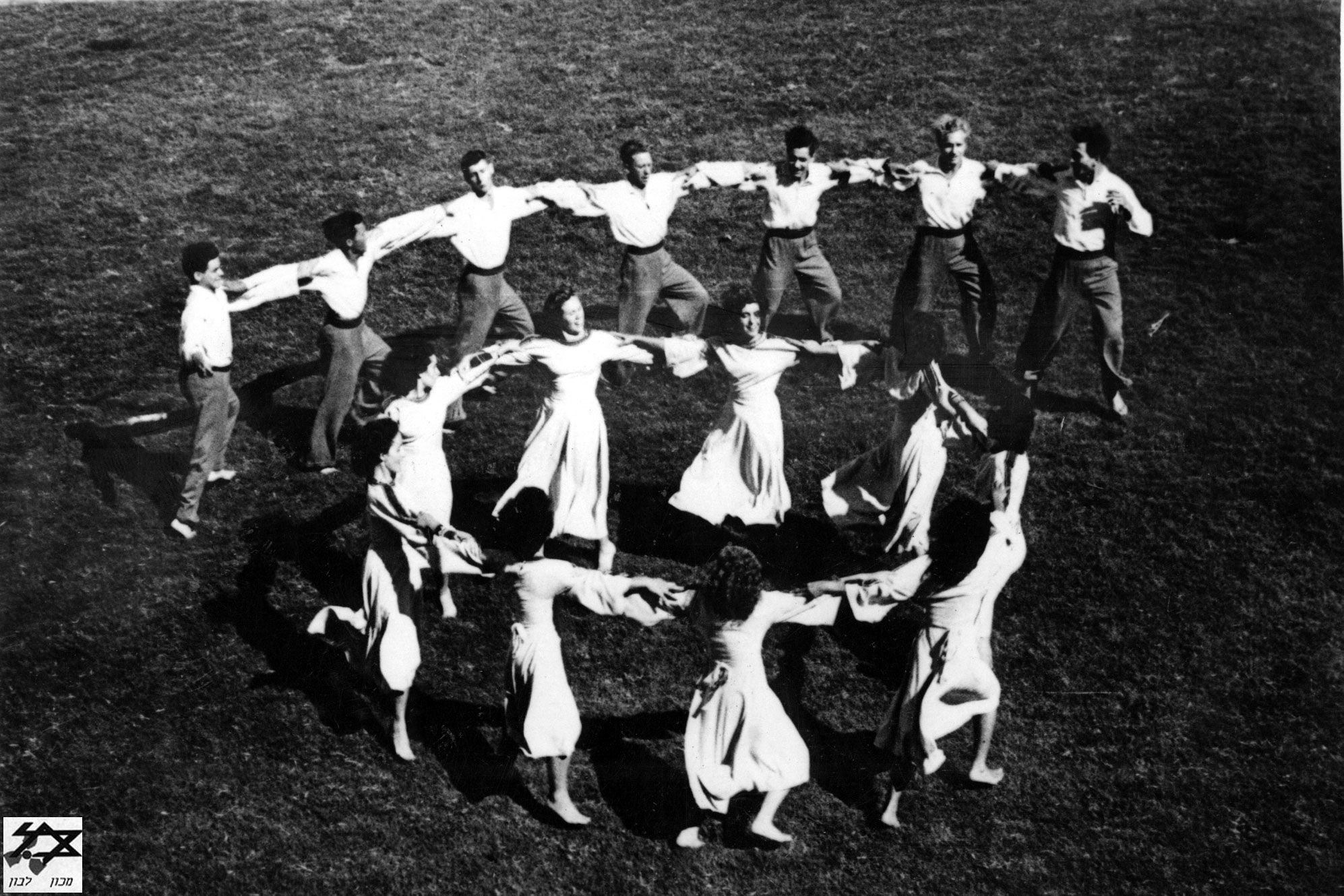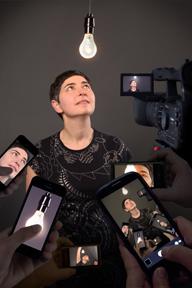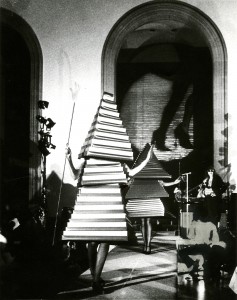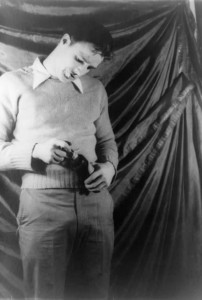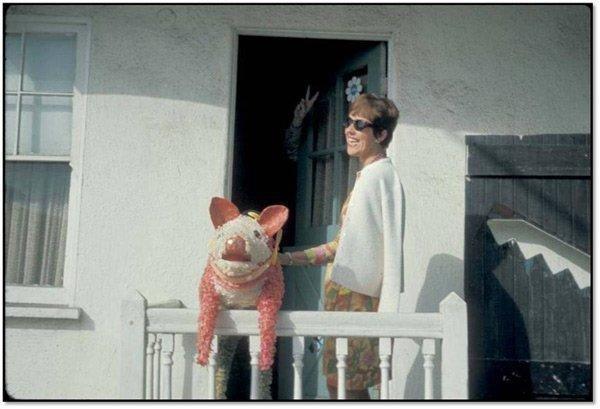Bad Auditions: Reality TV’s Spectacular Precarity
The scenario of the “bad audition” has long been essential to many a showbiz story, providing a thrilling plot point while burnishing the arc of stardom’s exhilarating curve. Yet something’s happened to the “bad audition” lately. As the previously hidden machinery of hiring and firing has been retooled as a entertainment commodity, the “bad audition” has become a core convention within what is perhaps the ascendant US television genre of the twenty-first century: reality TV. Surveying a popular culture landscape littered with failed and forgotten American Idols, Apprentices, and Top Chefs, this talk posits that “starmaking” has become but an alibi for reality TV’s arguably more urgent and contemporary reward: the affective spectacularization of unemployment for scores of aspiring workers. This talk demonstrates how the “bad audition” — as dramatic scenario and narrative conceit — activates an idea, widely rehearsed since the middle of the twentieth century, that the auditioning performer is not a skilled craftsperson seeking employment but is instead a spectacularly failed affective subject, ever and always in debt to the industry responsible for (not) employing them. Charting how the dramatic utility of the audition scenario shifted in the 1970s (especially subsequent the blockbuster success of the musical A Chorus Line), the talk details how the “bad audition” emerged as a productive, even privileged, device through which to enact narratives about the before-and-after precarity of those yet seeking the increasingly impossible dream of employment.
Brian Eugenio Herrera is Assistant Professor of Theater at Princeton University. His work, both academic and artistic, examines the history of gender, sexuality and race within and through U.S. popular performance. He is the author of The Latina/o Theatre Commons 2013 National Convening: A Narrative Report (HowlRound, 2015) and his first book Latin Numbers: Playing Latino in Twentieth-Century U.S. Popular Performance (Michigan, 2015) was recently awarded the George Jean Nathan Prize for Dramatic Criticism. He is presently at work on two new book projects: Starring Miss Virginia Calhoun and Casting – A History, a historical study of the material practices of casting in US popular performance.

